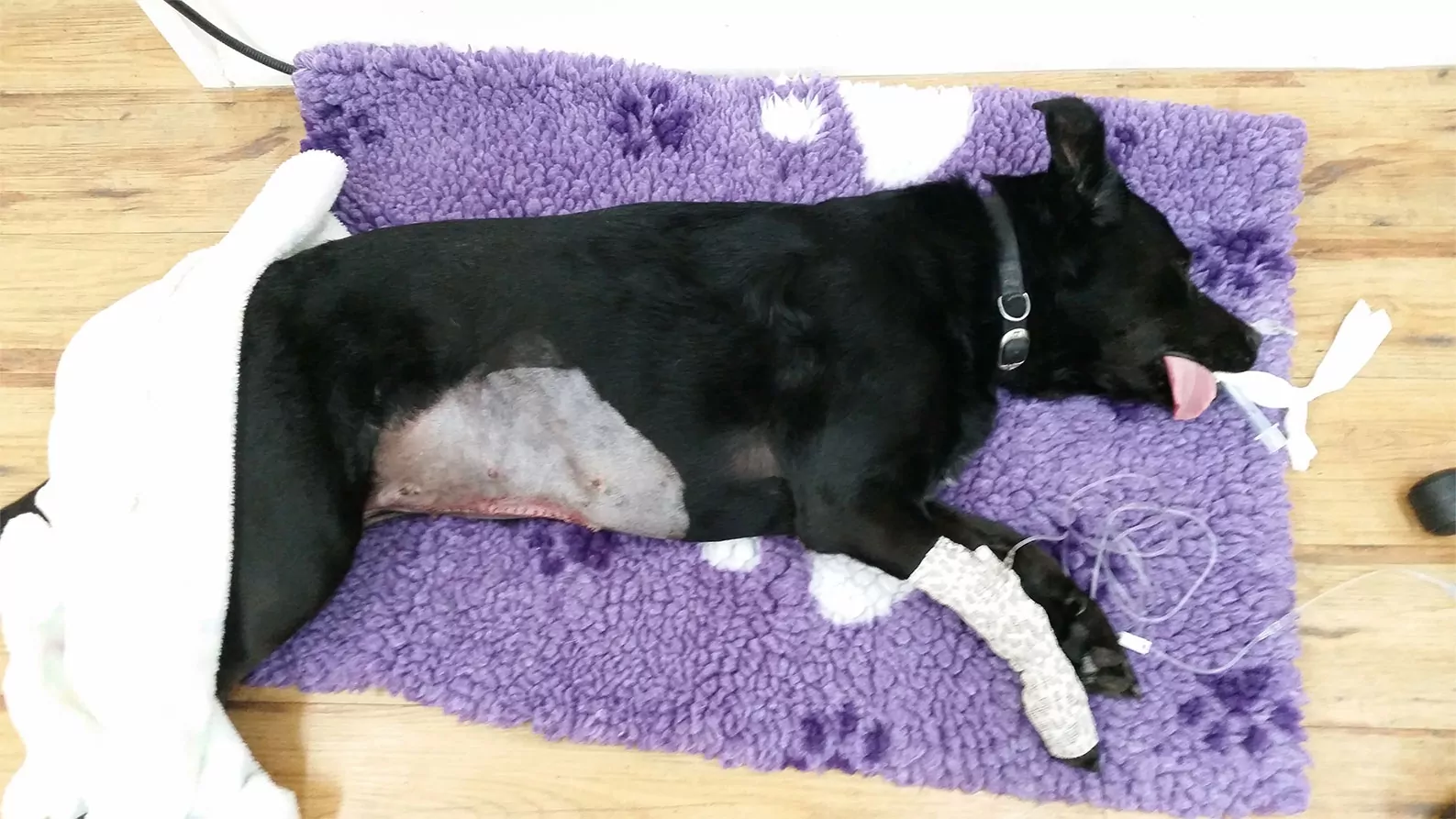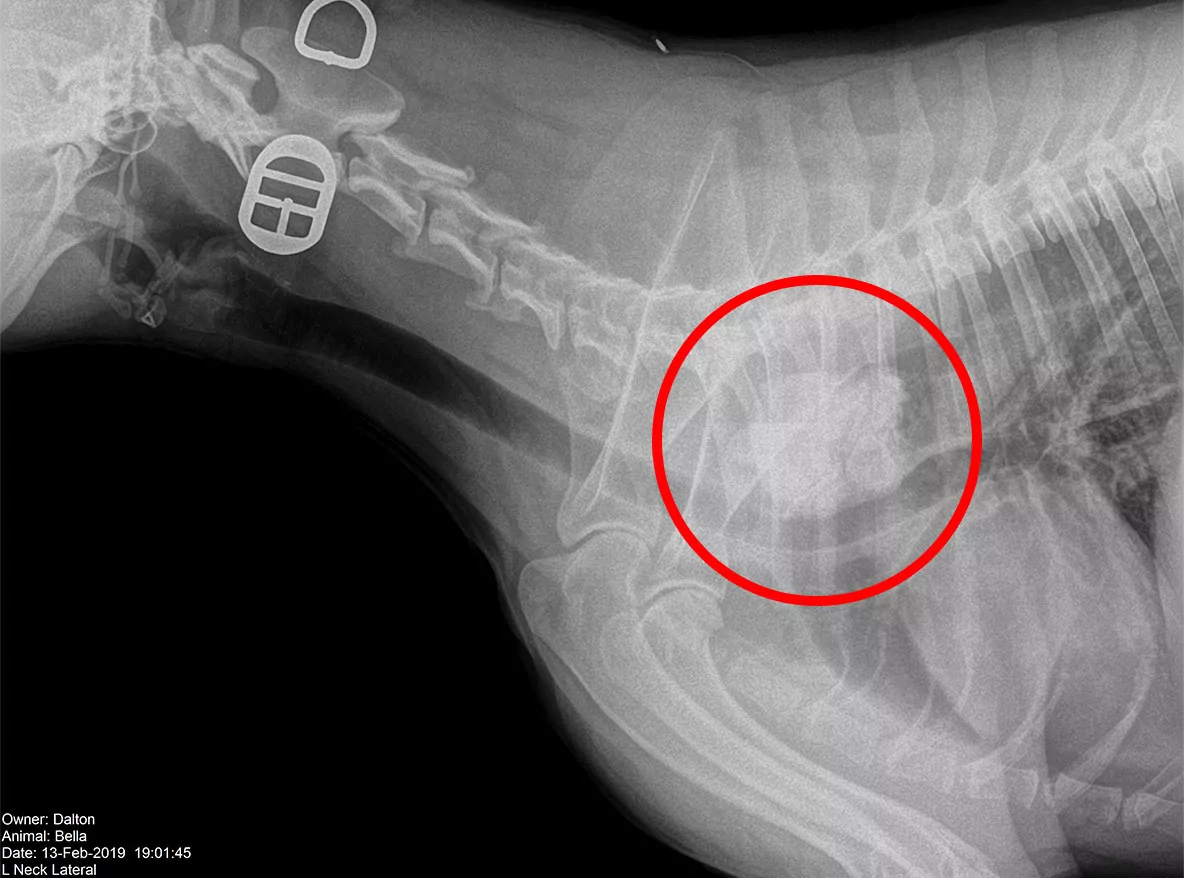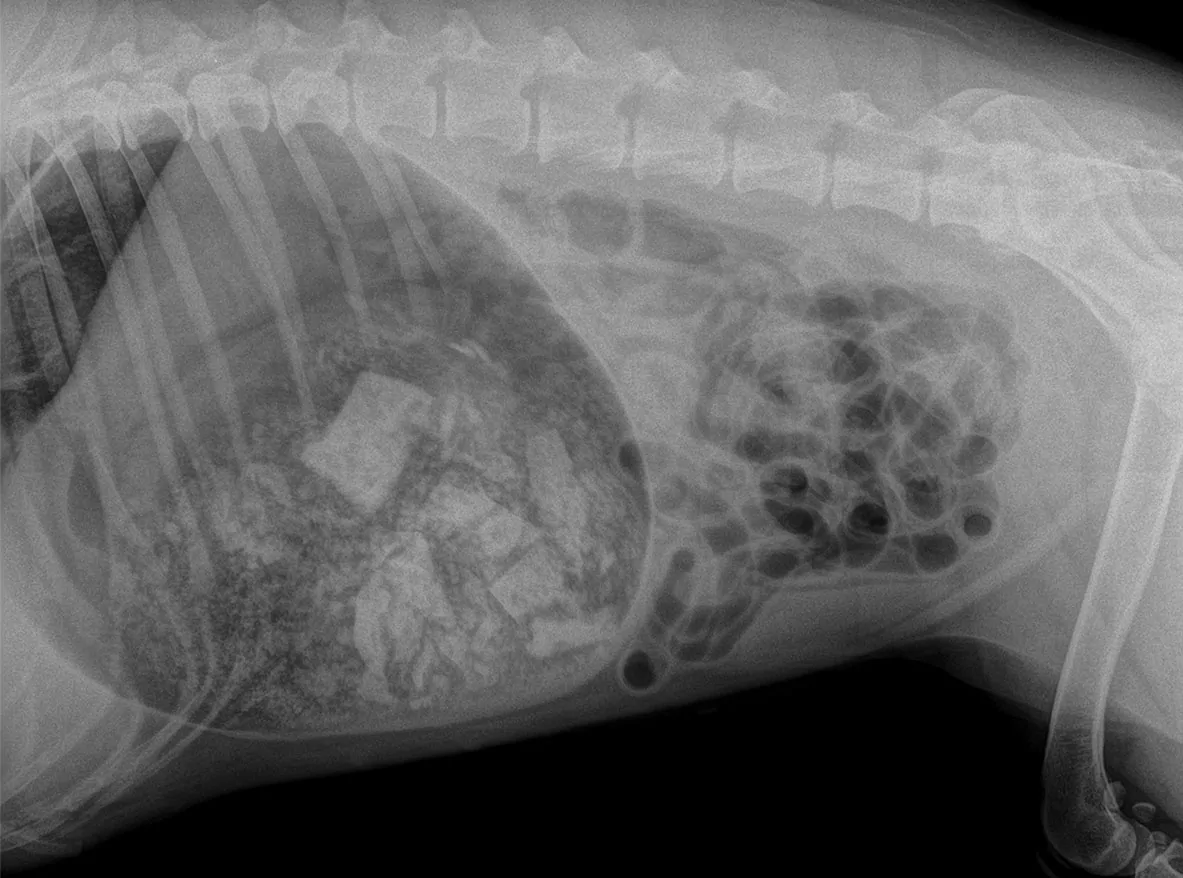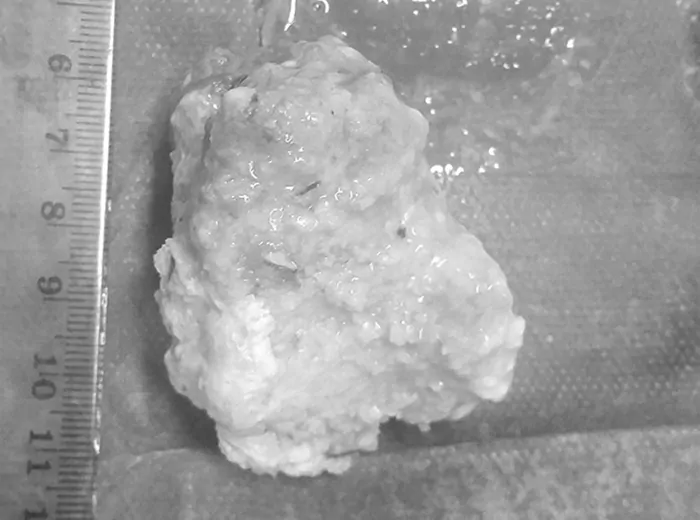Oesophageal Foreign Bodies
What is an oesophageal foreign body?
In general, only partial obstructions occur (which means that fluids, such as water, can still be swallowed). When your pet eats, however, the undigested food tends to be regurgitated back up quite soon afterwards. You may also notice your dog swallowing repeatedly, which is their way of trying to move the foreign object along their oesophagus.
A simple x-ray of the chest is all that’s needed to diagnose the presence of an oesophageal foreign body in dogs and other pets.
Known for being difficult to treat, in most cases we enter the stomach via the abdomen and will be able to feel for the foreign object using our fingers. A gastric tube is used to apply gentle pressure whilst the oesophagus is moved an manipulated over the object, helping it to pass into the animal’s stomach. Once this occurs, we’re able to remove the object and close up the stomach. This method is preferred, as it avoids direct surgery on the delicate oesophagus.
Procedure cost
Depending on the complexity of the surgery and the length of hospital stay required, procedures to remove foreign bodies from oesophagus in your pet usually cost between $1,800 and $2,300 at Melbourne Pet Surgery.
Optional pre-anaesthetic blood test available for all surgeries (additional cost)
Recovery and aftercare

Your pet is generally sent home the day after the surgery. They will be prescribed pain relief and antibiotics, as well as antacids and gastric protectants (which help to reduce complications, like scarring on the oesophagus). For the first few days, your pet should be fed a liquid diet. Over the next one to two weeks, they will be able to move back onto moist food and then their standard diet.
Gallery



.webp)
